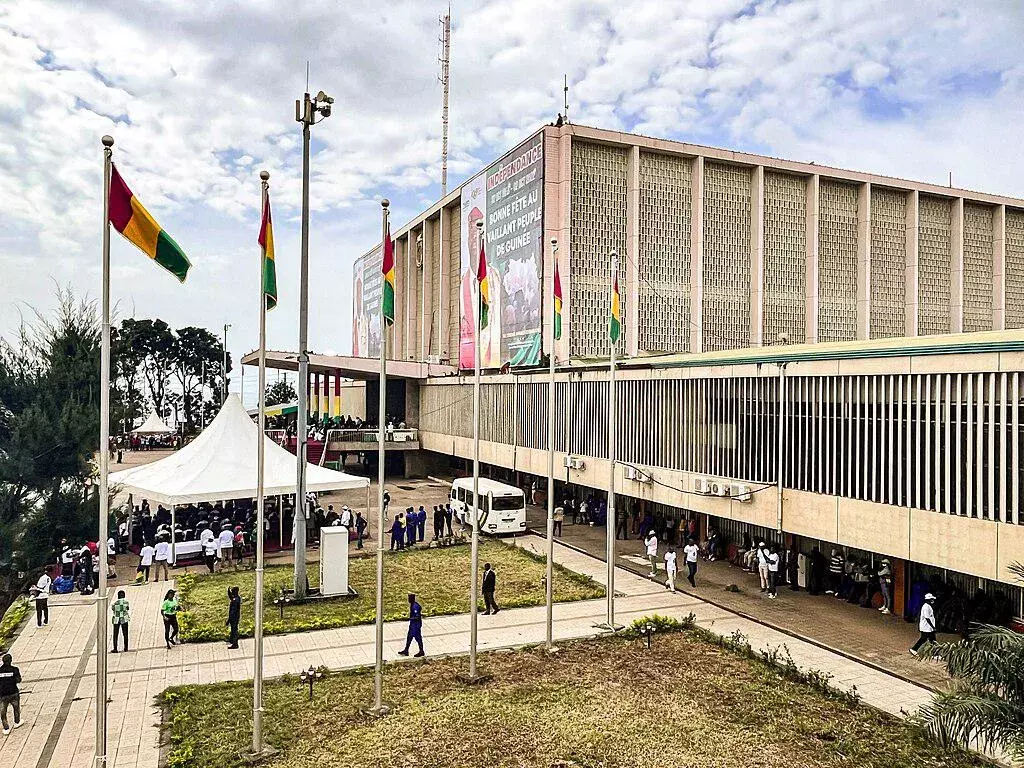Palais du Peuple

- The Palais du Peuple (People’s Palace) in Conakry, Guinea, is a significant cultural and political landmark, serving as a symbol of national unity and governance. Located in the heart of the city, this grand structure was built during the presidency of Ahmed Sékou Touré with assistance from China, reflecting Guinea’s early diplomatic ties with the country. The building stands as a testament to Guinea’s post-independence aspirations, functioning as both a political hub and a venue for cultural events.
- The Palais du Peuple is the seat of Guinea’s National Assembly, where the country’s parliament convenes to discuss and pass legislation. As such, it plays a central role in Guinea’s political landscape, housing important governmental meetings, presidential speeches, and official ceremonies. The building's imposing architecture, with its grand halls and striking façade, makes it one of Conakry’s most recognized structures, embodying the strength and sovereignty of the Guinean state.
- Beyond its role in governance, the Palais du Peuple also serves as a cultural venue, hosting concerts, artistic performances, and public gatherings. The main hall is frequently used for national celebrations, traditional dance performances, and music festivals, making it a lively center for the preservation and promotion of Guinean heritage. It is also a space where important speeches and public forums take place, bringing together intellectuals, politicians, and citizens to discuss pressing national issues.
- Visitors to the Palais du Peuple can experience both the political and cultural heartbeat of Guinea. While access to parliamentary sessions may be restricted, many of the public events and performances held at the venue allow people to witness Guinea’s vibrant arts scene and national discourse. Whether attending a political rally, a traditional performance, or a cultural festival, the Palais du Peuple remains a vital landmark in Conakry, symbolizing the intersection of politics, culture, and national identity.
